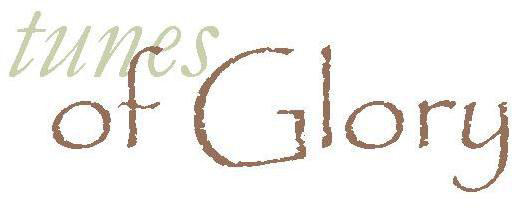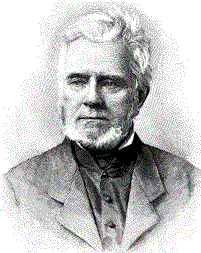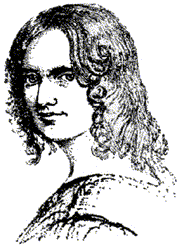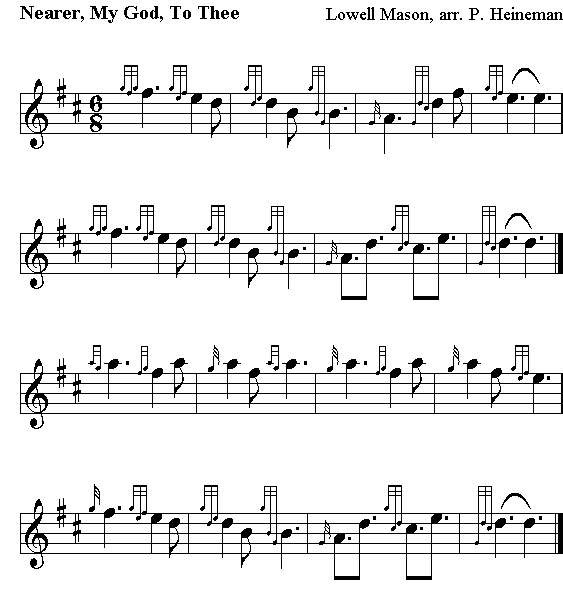 |
|||||||

Best viewed in
|
Nearer, My God, to Thee
In 1834 she married William Bridges Adams, polemicist and railway engineer. They lived at Loughton, Essex, where there is a blue plaque to the couple. She died from tuberculosis at the age of 43 and was buried at Harlow on 21 August 1848. In the United Kingdom, the hymn is usually associated with the 1861 hymn tune "Horbury" by John Bacchus Dykes, while in the rest of the world, it is usually associated with the 1856 tune "Bethany" by Lowell Mason. Methodists prefer the tune "Propior Deo" (Nearer to God), written by Arthur Sullivan (of Gilbert and Sullivan) in 1872. Sullivan also wrote a second setting of the hymn to a tune referred to as "St. Edmund", and there are other versions, including one referred to as "Liverpool" by John Roberts. Lowell Mason (January 8, 1792 - August 11, 1872) was a leading figure in American church music, the composer of over 1600 hymn tunes, many of which are often sung today. He was also largely responsible for introducing music into American public schools, and is considered to be the first important music educator in the United States. In the last part of his career, as music director of the Fifth Avenue Presbyterian Church in New York City, he radically transformed American church music from a practice of having professional choirs and accompaniment to congregational singing accompanied by organ music. Mason was born and grew up in Medfield, Massachusetts, but spent the first part of his adulthood in Savannah, Georgia, where he worked first in a dry-goods store, then in a bank. He had very strong amateur musical interests, and studied music with the German teacher Frederick L. Abel, eventually starting to write his own music. He also became a leader in the music of the Independent Presbyterian Church, where he served as choir director and organist. Under his initiative, his church also created the first Sunday school for black children in America. Following an earlier British model, Mason embarked on the task of producing a hymnal whose tunes would be drawn from the work of European classical composers such as Haydn and Mozart. Mason had great difficulty in finding a publisher for this work. Ultimately, it was published (1822) by the Handel and Haydn Society of Boston, which was one of the earliest American organizations devoted to classical music. Mason's hymnal turned out to be a great success. The work was at first published anonymouslyóMason felt that his main career was as a banker, and he hoped not to damage his career prospects. In 1827, Mason moved to Boston, where he continued his banking career for some time but also became music director for three churches including the Hanover Street whose pastor was the famous Lyman Beecher, in a six-month rotation. Mason became an important figure on the Boston musical scene: He served as president of the Handel and Haydn Society, taught music in the public schools, was co-founder of the Boston Academy of Music (1833), and in 1838 was appointed music superintendent for the Boston school system. In the 1830s, Mason set to music the nursery rhyme "Mary Had a Little Lamb". In 1845 political machinations in the Boston school committee led to the termination of his services. In 1851, at the age of 59, Mason retired from Boston musical activity and moved to New York City where his sons, Daniel and Lowell, Jr. had a music business. On December 20, 1851 he set sail to Europe. During his tour of Europe in 1852 he developed a great interest and enthusiasm for congregational singing, especially that in the German churches of Nicolaikirche in Leipzig and the Kreuzkirche in Dresden. Following his return to New York City he accepted the position as music director in 1853 for the Fifth Avenue Presbyterian Church which had just completed construction of a new church edifice on Nineteenth Street. He immediately disbanded its choir and orchestra and installed an organ with his son, William, serving as organist. During his tenure, which lasted until 1860, he developed congregational singing to the point where the church was known has having the finest congregational singing in the city. In 1859 Mason, along with Edwards A. Parks and Austin Phelps published the "Sabbath Hymn and Tune Book". In 1860 he retired to his estate in Orange, New Jersey, where he remained active in the Congregational Church there. He remained an important and influential figure throughout his life. He died on his estate he had purchased in 1872 "Nearer, my God, to Thee" is traditionally associated with the RMS Titanic, as passengers reported that the ship's band played the hymn as the Titanic sank. Another tale, surrounding the death of President William McKinley in September 1901, quotes his dying words as being the first few lines of the hymn. On the af≠ter≠noon of September 13, 1901, af≠ter five min≠utes of si≠lence across the na≠tion, bands in Un≠ion and Mad≠i≠son Squares in New York Ci≠ty played the hymn in mem≠o≠ry of the fall≠en pre≠si≠dent. It was al≠so played at a me≠mor≠i≠al ser≠vice for him in Westminster Abbey, London. The hymn was also played as the body of assassinated American President James Garfield was interred at Lakeview Cemetery in Cleveland, Ohio.
Lyrics by Sarah F. Adams
|
||||||


